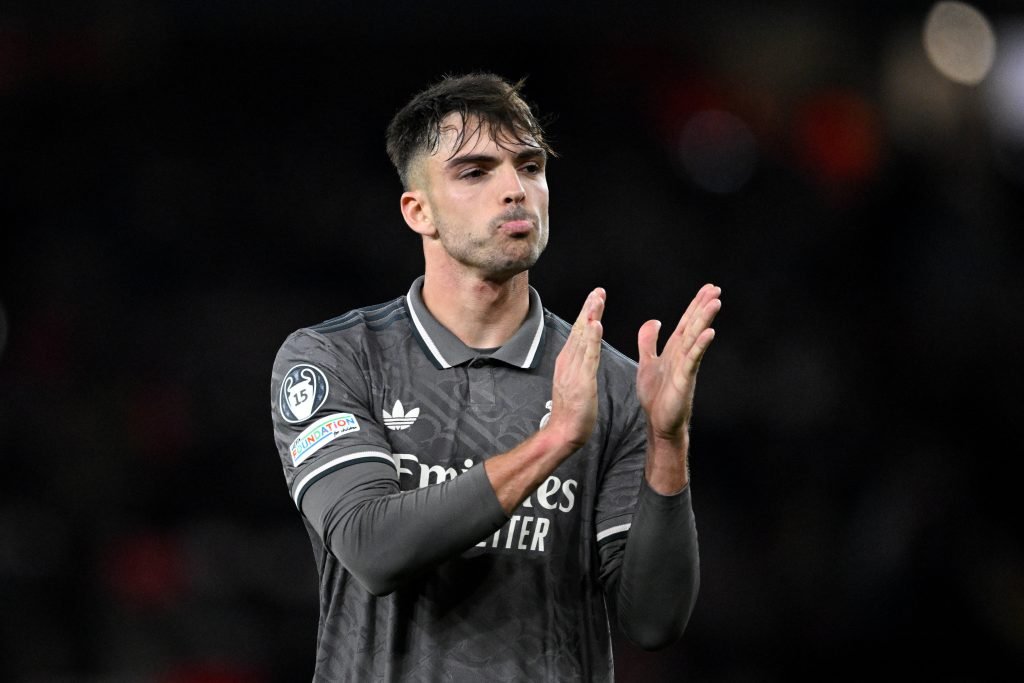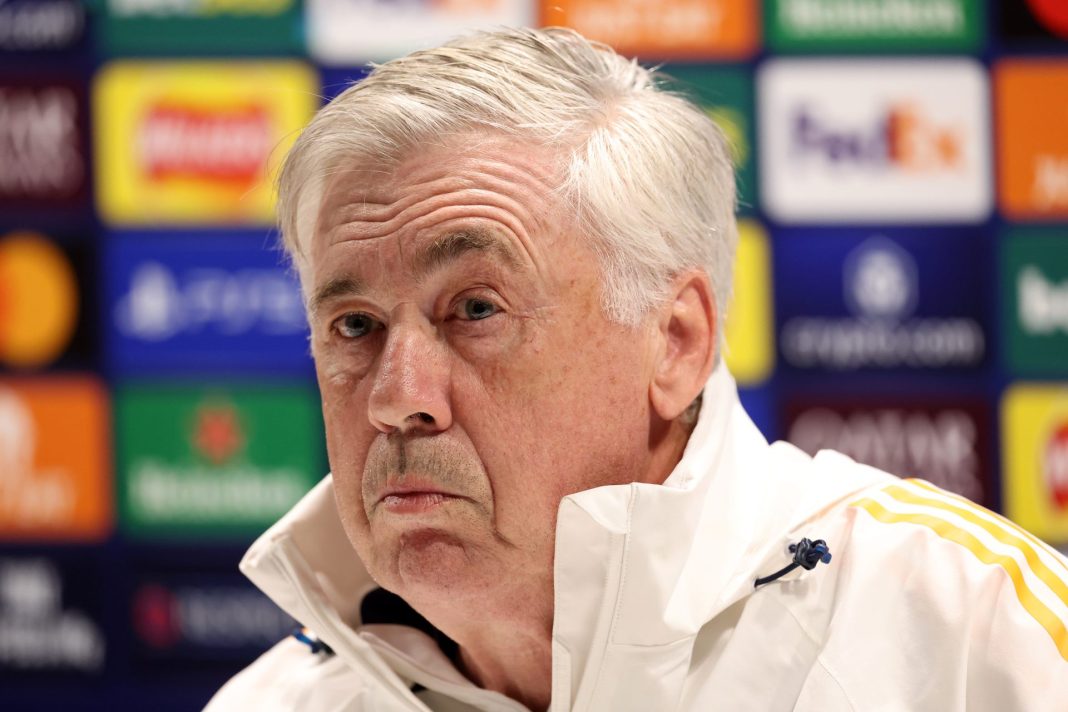Real Madrid’s Strategic Planning for the Upcoming Season
As the current season approaches its conclusion, Real Madrid is actively engaged in strategizing for the next campaign. The club’s leadership is evaluating potential transfers while weighing the implications of their performance in ongoing tournaments. With a focus on enhancing the squad, Real Madrid is particularly optimistic about the potential acquisition of Trent Alexander-Arnold, who is expected to join the team on a free transfer this summer. This move is not just about filling a position; Alexander-Arnold is widely regarded as one of the best right-backs in the game, known for his exceptional crossing ability, tactical awareness, and capability to influence matches significantly.

However, the club’s transfer plans are intricately linked to their success in the current season. The number of trophies they secure could significantly influence their approach to team building. For instance, a strong finish in both La Liga and the UEFA Champions League could provide additional funding through prize money, thereby enabling more ambitious signings. Meanwhile, the discussions surrounding the future of manager Carlo Ancelotti also play a pivotal role. Ancelotti’s vision for the squad will inevitably shape any new additions, particularly if there is a consensus on whether a new central defender will be signed to bolster the team’s defensive capabilities.
The Debate on Defensive Reinforcements
The ongoing debate over whether Real Madrid should invest in a new centre-back has become increasingly pronounced. Initial reports suggested that the club was ready to pursue this defensive addition; however, insights from journalist Jorge C Picon indicate a more cautious approach. According to his findings, Real Madrid has not yet made any definitive moves toward acquiring a new central defender despite Ancelotti’s evident apprehensions regarding the depth and reliability of the existing backline. This situation is further complicated by recent injuries to key players, leaving the manager with a thinner squad than he would prefer.
While the champions of La Liga remain focused on fortifying other areas of the team, they are placing significant faith in Eder Militao’s recovery and are also looking to their youth academy for potential reinforcements. Ancelotti, who has the advantage of observing player dynamics during training sessions, expresses strong concerns about the necessity of signing at least one, if not two, additional centre-backs. He anticipates a challenging 2025-26 season, especially if he continues in his managerial role with the current squad’s capabilities, even with Militao’s anticipated return to full fitness. The pressure to perform at the highest level means that every position must be filled with capable players, making the quest for defensive stability increasingly vital.
Analyzing the Club’s Perspective
The hesitance from the upper echelons of Real Madrid regarding a new centre-back stems from various factors. Despite the undeniable need for improvements in the defensive line—especially considering the injury challenges faced by players such as Antonio Rudiger, David Alaba, and Militao—management remains skeptical about immediate reinforcements. The club hierarchy is keenly aware of the financial implications tied to acquiring new talent. The balance between financial sustainability and the need for immediate success is delicate, demanding careful consideration of each potential signing.
Club officials have been convinced by the young talent, Raul Asencio, who has shown promise and readiness for first-team responsibilities, leading to a contract renewal offer. His performances in youth competitions and training have showcased his potential to be an integral part of the first team. Additionally, Aurelien Tchouaméni has demonstrated adaptability by successfully stepping into a central defensive role when required. His versatility adds another layer of depth, allowing Ancelotti to explore different tactical setups without heavily relying on external acquisitions. These internal options are contributing to the club’s cautious approach toward external signings, as they trust their youth system’s capacity to produce home-grown talent capable of stepping up to the senior squad.
Financial Considerations and Future Strategies
Financial constraints further complicate Real Madrid’s plans. Both Alaba and Rudiger are contracted until 2026 and command substantial salaries, with Alaba being one of the highest earners in the squad. The likelihood of their departures this summer appears low, making it difficult for the club to justify further investment in their defensive lineup at this time. Additionally, the economic landscape for football clubs has been unpredictable, especially post-pandemic, forcing clubs to be more financially judicious.
In the event of urgent needs arising, Real Madrid has proactively considered their youth academy as a viable source for defensive talent. Asencio has made an impression this season, while players like Jacobo Ramon and Joan Martinez are also being monitored as potential options for future integration into the first team. This focus on youth not only aids in maintaining financial balance but also strengthens the club’s identity as one that nurtures and develops home-grown talent, aligning with the club’s tradition of integrating youth players into the first-team setup.
Looking Ahead: The Ideal Timing for Defensive Reinforcements
Real Madrid views the year 2026 as the strategic moment to pursue a high-caliber centre-back, with William Saliba emerging as a primary target. Currently contracted to Arsenal until 2027, Saliba represents a feasible future acquisition should the opportunity present itself. The French defender’s performances in the Premier League have drawn attention, and he would serve as a long-term solution to bolster their defense. For the present, the club’s approach remains one of caution, with a focus on evaluating market conditions before committing to any significant purchases in the summer transfer window.
This careful balancing act of assessing player performance, managing financial constraints, and planning for the future reflects Real Madrid’s longstanding philosophy of maintaining elite standards both on and off the pitch. As they navigate these decisions, the club remains committed to building a squad capable of competing for trophies and ensuring their legacy as one of the most successful teams in football history. With a mix of experienced players and promising youth, Real Madrid is poised to adapt and thrive in the ever-changing landscape of modern football.

















